Victorian Major Hacket Hampshire Imperial Yeomanry QSA KSA Boer war & WW1 medal
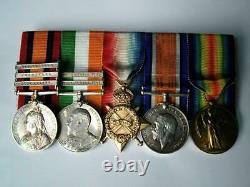
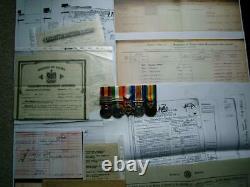
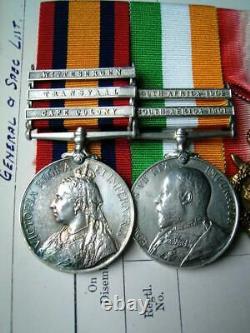
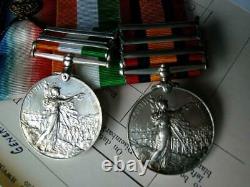
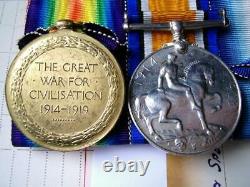
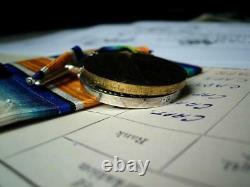

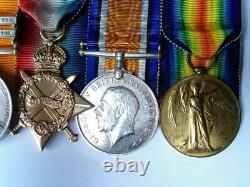
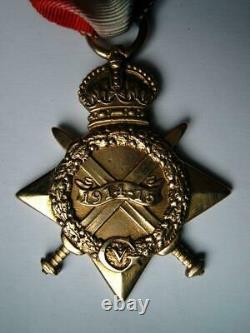
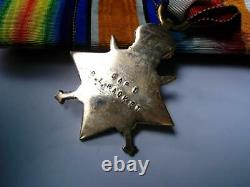
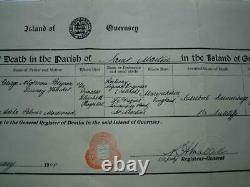
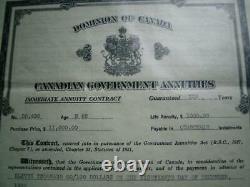

Due to the string of defeats during Black Week in December 1899, the British government realized they were going to need more troops than just the regular army to fight the Second Boer War. On 13 December, the decision to allow volunteer forces serve in the field was made, and a Royal Warrant was issued on 24 December. This officially created the Imperial Yeomanry (IY).
The Royal Warrant asked standing Yeomanry regiments to provide service companies of approximately 115 men each. In addition to this, many British citizens (usually mid-upper class) volunteered to join the new force.The first contingent of recruits contained 550 officers, 10,371 men with 20 battalions and 4 companies. The first company left Southampton on 31 January 1900, bound for Cape Town, and the whole first contingent arrived in South Africa between February and April.
Upon arrival, the IY battalions were sent throughout the zone of operations. The Hampshire Yeomanry raised two service companies for the IY: 41st (Hampshire) Company, which arrived in South Africa on 23 February 1900 and served in 12th Battalion, IY, until 1902 when it transferred to 4th Battalion; and 50th (Hampshire) Company, which landed at Beira, Mozambique, on 4 May 1900 and served with 17th Battalion. In May and June 1900, 12th Battalion, IY, was in Lord Roberts's army, while the 17th was in Lt-Gen Carrington's Rhodesian Field Force. The Hampshire IY companies served until 1901, earning the regiment its first Battle honour: South Africa 190001. The Imperial Yeomanry were trained and equipped as mounted infantry. After the Boer War all Yeomanry regiments were termed Imperial Yeomanry until 1907 The battles of 1915 showed both the Allies and the Germans how difficult it was to break through on the Western Front. In most battles, the British and French had around a three-to-one superiority in men and artillery. But, although the German defenders gave ground, they did not break and were often able to retake some of their lost positions. Both side drew lessons from this, the results of which would be demonstrated in the huge attritional struggles of the following year. Victorian Major Hacket Hampshire Imperial Yeomanry QSA KSA Boer war & WW1 medal. 12th Imp: Yeo:"; Kings South Africa 1901-02, 2 clasps, South Africa 1901, South Africa 1902 , official engraved "Lt. "; 1914-15 Star unofficial re-impressed (light signs of previous erasure), British War and Victory Medals official impressed "Capt. , IMO Extremely fine, minimal wear, mounted for display. See pictures for condition Charles Lisle Hacket was born in Rugby, Warwickshire, in 1873, a descendent of the Stuart monarchs of Scotland, and attested for the Imperial Yeomanry at Newport on 8 January 1900, having previously served with the Hampshire Carabineers. He served with the 41st (Hampshire) Company, 4th Battalion, a cavalry unit of the Imperial Yeomanry in South Africa during the Boer War from 31 January 1900, and was commissioned Lieutenant on 8 May 1901, subsequently serving with the Remount Department. He saw further service during the Great War as a Captain on the General List on the Western Front from 25 October 1915, and was promoted Major on relinquishing his commission.In civilian life Hacket had business interests in both Canada and East Africa, and papers included suggest that he was suspected of being guilty of bigamy, with a wife on both continents. He died in Guernsey on 18 January 1949. Imperial Yeomanry mounted Infantry Due to the string of defeats during Black Week in December 1899, the British government realized they were going to need more troops than just the regular army to fight the Second Boer War.
After the Boer War all Yeomanry regiments were termed Imperial Yeomanry until 1907 WW1 Western Front The battles of 1915 showed both the Allies and the Germans how difficult it was to break through on the Western Front. The item "Victorian Major Hacket Hampshire Imperial Yeomanry QSA KSA Boer war & WW1 medal" is in sale since Sunday, October 17, 2021. This item is in the category "Collectables\Militaria\Boer War (1899-1902)". The seller is "theonlineauctionsale" and is located in England.
This item can be shipped worldwide.- Country/Region of Manufacture: United Kingdom
- Country/ Organization: United Kingdom
- Issued/ Not-Issued: Issued
- Theme: Militaria
- Type: Medals & Ribbons
- Conflict: Boer War (1899-1902)
- Service: Army
- Era: 1816-1913

